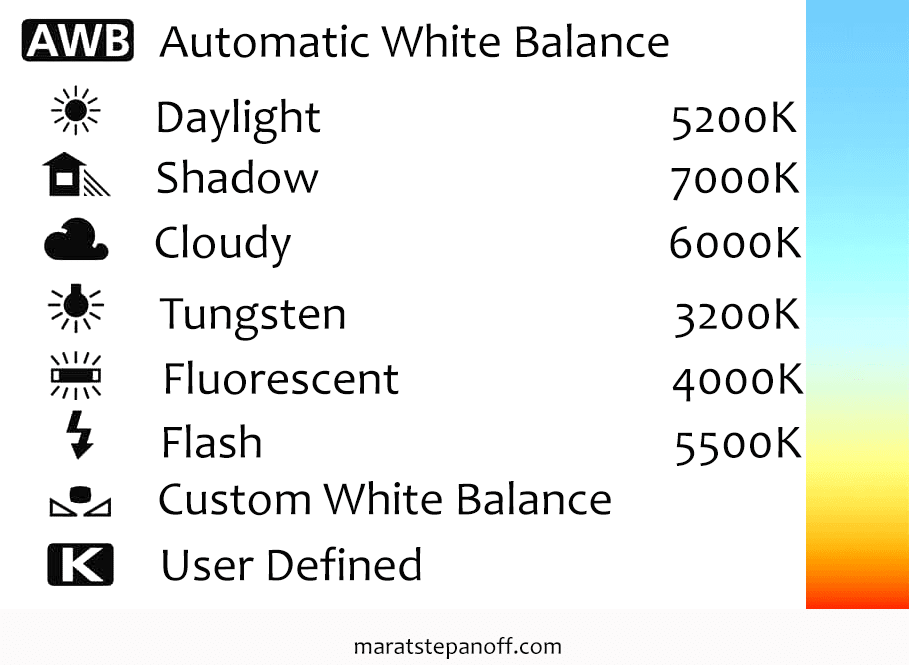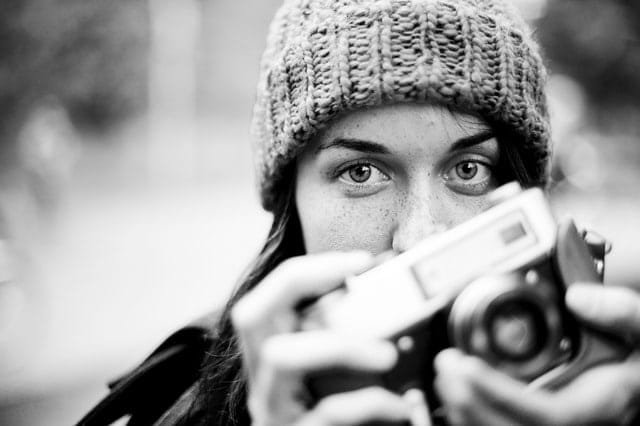Color Settings – Work On White Balance Setting To Have Better Results
Tutorial Six
Color Settings. The beauty of using digital camera is you can have output of the snapshot taken instantly on the screen of the digital camera. If any improvement is required in terms of color then correction can be done by re-shooting. Digital photography like any other field is undergoing major transition. The photographers have been making image corrections on unprocessed RAW file. This has given photographers superior image quality with quicker processing time. Camera is a device with many settings and options.
Color Settings – Know your Camera go Manual Settings
Although setting the camera in automatic mode will keep you cool as a photographer. With no strain given to your brain to worry about the optimum values of settings, you can’t ask for more. But it’s playing with the features of the digital camera that will bring dramatic results. The feature of camera that decides the color cast of a snapshot is white balance setting. White balance if incorrect will make photo too orange when taken in indoor light or too blue if taken in outdoor light. To create best result in terms of color you have to match white balance with current lighting conditions.
Color Settings – Sort your Lighting
The use of on-board flashes does not provide complete coverage of the image thereby leaving portion of the image going off-color. On choosing white color preset option in your camera the colors in the photograph will be matched with the colors of the scene in better way. You can make manual white balance setting in your camera by using a sheet of paper to fill the frame and registering white balance. To get right white balance you should shoot the photographs in RAW format. RAW is image format that’s not compressed and hence have more information than common JPEG format.
Color Settings – Get the Right Format for the ob
In JPEG format some vital information regarding highlight and shadow details of the photograph are not captured. RAW format saves all the information that the image sensor of your camera is able to capture. The only disadvantage of storing in RAW format is a requirement of more storage space. The RAW format file saved can have right white balance later with the help of software. But image editing is a time consuming process. If same correction are to be done every time on the photograph taken then making adjustments in the camera settings will not only save time required to edit images but will also provide better quality pictures.
Color Settings – Get the Most From RAW Format
The best way to check finer details along with clarity in your photograph is on LCD screen. If you are not worried about the memory space occupied by the snapshots taken by your camera, you have no memory constrains then the excellent way to have color quality in photographs is taking photographs in RAW format. Though RAW format provides larger flexibility to image it will not be able to provide missing data incase of overexposure done by the digital camera itself. Also the RAW data format provided by various digital camera manufacturers is not a standard one. So you will have to make sure that RAW editor that you buy should be compatible and able to process the photographs taken from your digital camera.
Enough of information on color setting now to have all the finer points of image sharpness move on to the next section of the tutorial.
In the next section the factors that determine image sharpness in your photograph taken will be discussed.
A CLEAR VIEW OF WHITE BALANCE
White color is seen better than different light sources with our eyes, but digital cameras can have conflicting automatic white balance (AWB) processes and create unpleasant shades of different colors. The correct white balance in the camera should take into account “color temperature.
Understanding digital white balance will help you avoid mistakes and thus improve your photos no matter the lighting conditions. White Balance is based on the Color Temperature, which is measured in Kelvin (K). Light with a higher color temperature will appear more blue, and vice versa.
Typical camera settings include “sun”, “shade”, “tungsten”, and “fluorescent”. What do these settings mean? Take a look at the White Balance chart.

COLOR TEMPERATURE
There are two commonly used ranges for daylight landscape photography between 5000 K and 7500 K. They should be remembered.
Six examples of one photo. Only white balance has been changed. The first two look natural, however the last two look exotic.

Also See : How shutter settings decide the quality of the required photograph?











